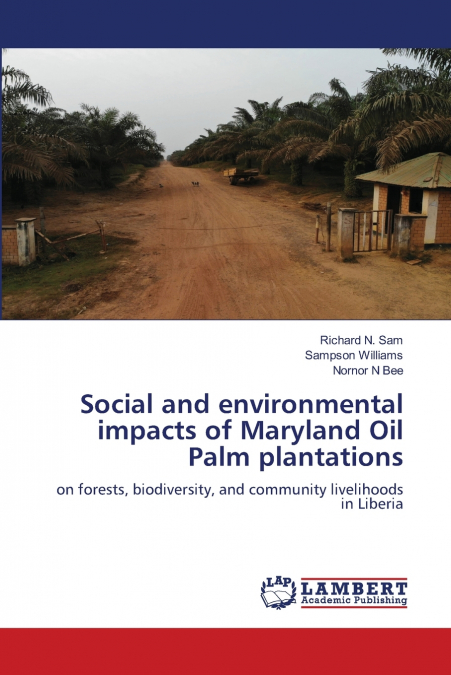
Nornor N Bee / Richard N. Sam / Sampson Williams
 Donde los libros
Donde los libros
 Librería 7artes
Librería 7artes
 Librería Elías (Asturias)
Librería Elías (Asturias)
 Librería Kolima (Madrid)
Librería Kolima (Madrid)
 Librería Proteo (Málaga)
Librería Proteo (Málaga)
In May 2022, a program team from the Sustainable Development Institute, Friends of the Earth Liberia researched the social and environmental impacts of Maryland Oil Palm Plantations in Liberia. The research finds that land conflict and deforestation have several negative impacts on communities. MOPP has not respected land tenure rights or followed Free Prior and Informed Consent standards, including resettlement without reparation and destruction of farms and old towns without (sufficient) compensation or restitution. During MOPP land acquisition and clearance, communities experienced the loss of their farms and the identification of villages as ’village de squatters’, leading to restricted access to farmland, heightened food insecurity, and reduced income from cash crops to support families. MOPP destroyed High Conservation Value areas and destroyed secondary forest regrowth, which affected important biodiversity areas. MOPP is one of the four large-scale industrial palm oil plantations in Liberia in Maryland County. It has a palm oil mill in a joint venture with Golden Veroleum Liberia. Its 2011 concession agreement includes 8,800 hectares for industrial palm oil plantations.